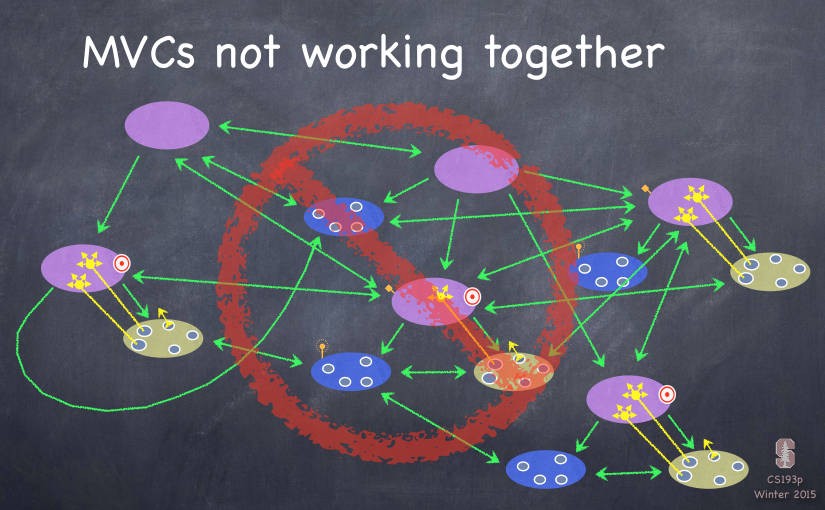Please note, this blog entry is from a previous course. You might want to check out the current one.
Lecture #2 continues with the demonstration from the previous lecture showing:
- how to use arrays,
- computed properties,
- the conditional statement switch,
- functions as types,
- various combinations of closure syntax defining functions “on the fly”,
- method overloading – same method name, different arguments,
- and more Autolayout.
Continue reading “cs193p – Lecture #2 – More Xcode and Swift, MVC”

